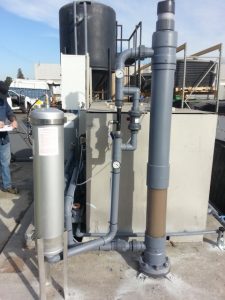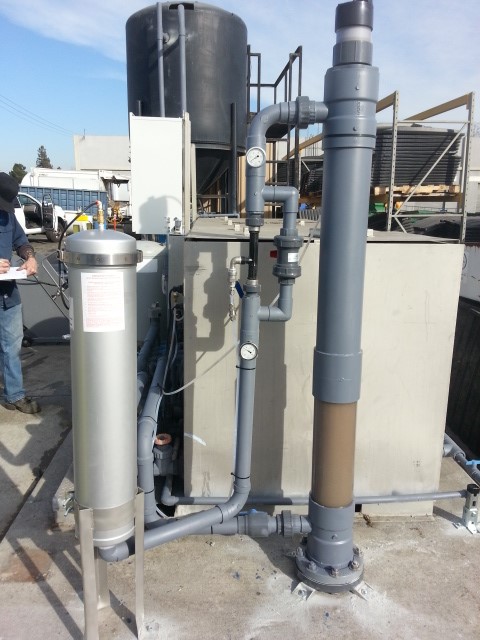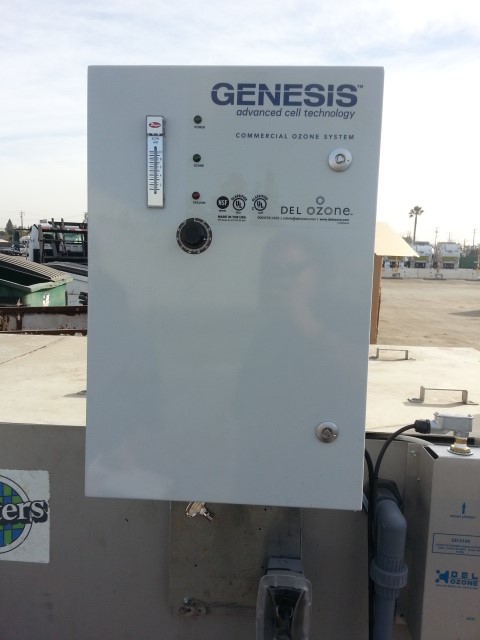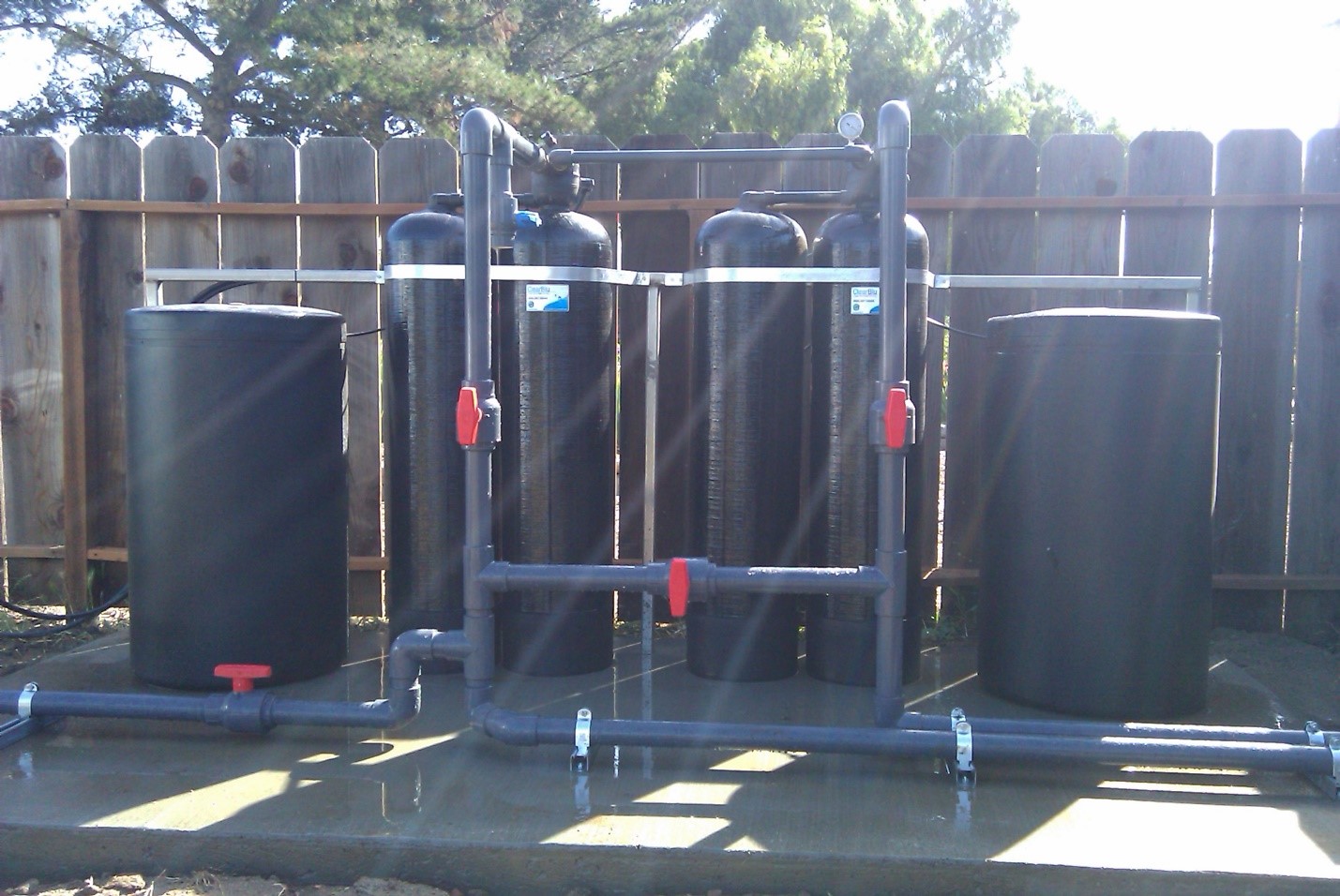What is Tertiary Treatment?
ClearBlu provides tertiary treatment systems making wastewater usable for applications such as tank washing, CIP, irrigation, and more. Tertiary treatment is the third, and final, stage in a standard wastewater management system. Once effluent has been treated in the primary and secondary stages by removing suspended solids, pH balancing and reducing its biochemical oxygen demand (BOD), it is ready to enter the tertiary stage.
The tertiary treatment stage within a wastewater management system prepares the wastewater for final use and how thoroughly it needs to be treated depends on the source of the wastewater and what it will be used for. For instance, beverage waste streams may only require final filtration for use in irrigation such as drip systems. However, for use in CIP or tank washing, the wastewater will require final stage filtration and sterilization.
It is much easier to reuse gray water (processed wastewater) than blackwater. For high-strength wastewater, it is critically important to reduce both the organic loading (BOD) as well as the suspended solids (TSS) to make the final stage of treatment feasible.
Learn more about pre treatment and primary treatment processes ClearBlu offers.

What is ClearBlu’s Tertiary Treatment Process?
Customers seeking a tertiary treatment system have high-quality options available to them when working with ClearBlu Environmental.
The final stage of water treatment involves sterilizing water for reuse, and removing potentially harmful contaminants, and may include one or more of the following technologies.
- Ultrafiltration
- Reverse Osmosis
- Ozone Sterilization
- Ultraviolet Light Sterilization
- Carbon Filtration
Once reclaimed water has been processed using these technologies can be used for applications such as:
- Clean In Place (CIP) Processes
- Tank Washing
- Irrigation
Incorporating a tertiary treatment system into your operation can dramatically reduce the amount of water your facility uses, which is becoming increasingly important to regions, states, and localities that face shortages.
What to expect when working with ClearBlu Environmental
Data collection:
Data is critical to our process when customers request a tertiary system installation. Collecting data allows us to identify and measure remaining constituents suspended in wastewater, which is derived from gathering a composite sample. Constituents may include BOD, TSS, heavy metals, and even prescription drugs.
System recommendation:
Once the data is collected and analyzed, we’re able to identify the most cost-effective, low maintenance, technology that satisfies the requirements of a customer’s specific waste stream. Our recommendation will include a budgetary quote that works with each customer’s bottom line.
Depending on the situation, we may need to conduct a site visit to see if any obstacles hinder construction, and to assess any issues that conflict with local municipalities.
Installation:
After collecting data and making a system recommendation, we’ll begin the 2-3 week process of installing your tertiary treatment system. Once the installation is complete, we’ll compile documentation and create a custom service checklist that’s specific to the customer’s site and system.
Request a free consultation or contact us today to learn more about our tertiary treatment process.


